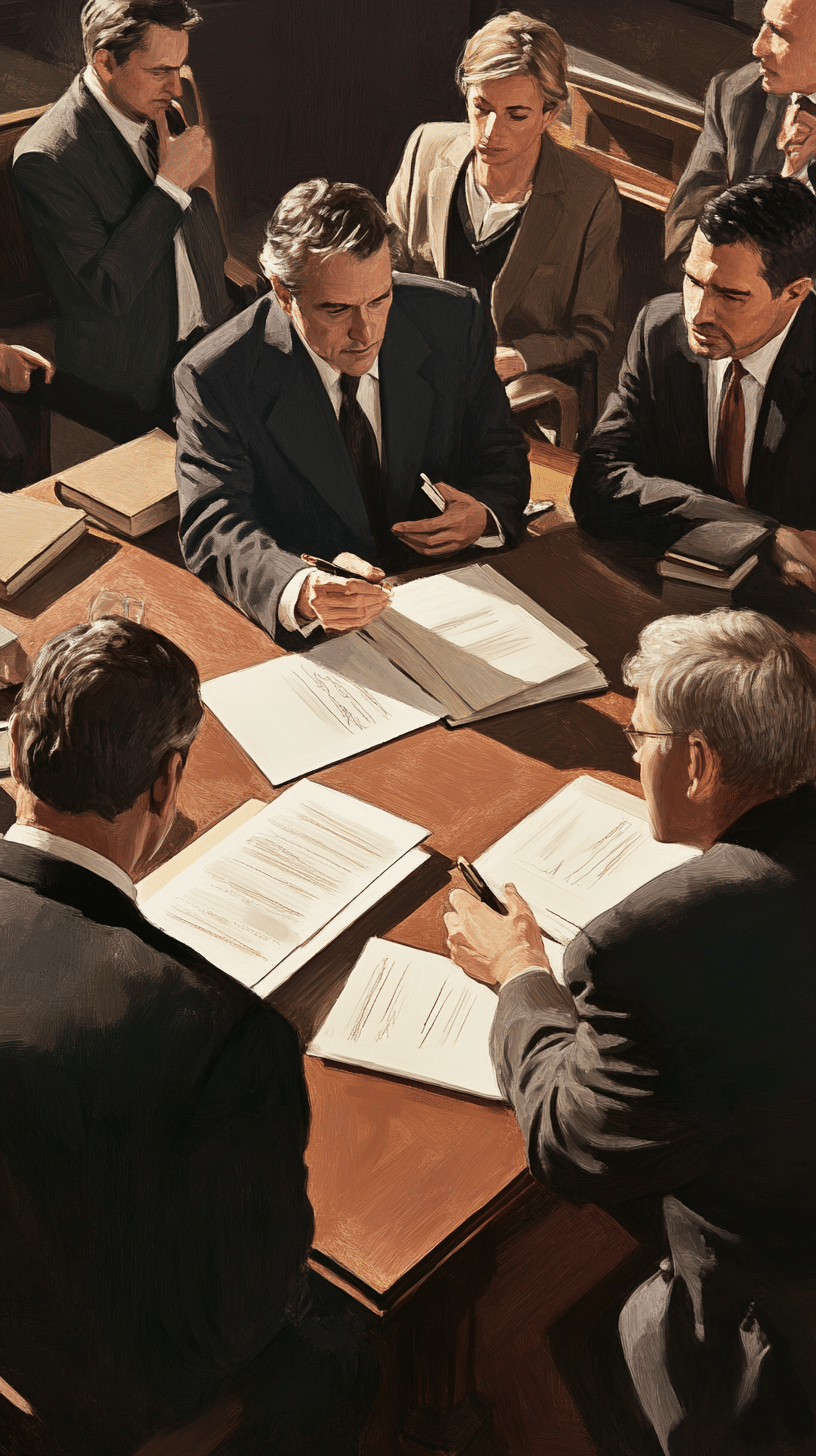“At the damages trial, the plaintiff testified as to his symptoms and complaints. His expert, Jerry Lubliner, who was board-certified in orthopedic surgery and sports medicine, did not treat the plaintiff, but examined the plaintiff on March 6, 2014, more than two years after the accident. He reviewed the plaintiff’s medical records, magnetic resonance imaging (hereinafter MRI) reports, and actual MRI films. He concluded that the accident was the cause of bulging discs in the cervical and lumbar regions of the plaintiff’s spine, and a meniscal tear in his right knee. He testified that, by the time of his examination, 2½ years after the accident, “you can realistically state that this is going to be a problem for the rest of [the plaintiff’s] life.” He opined that the plaintiff had [*2]suffered a permanent consequential loss of use of the lumbar region of his spine, as well as swelling, weakness, and loss of range of motion of his right knee. The Supreme Court did not allow Lubliner to testify about the plaintiff’s future treatment or prognosis because Lubliner only examined the plaintiff once and did not treat him. The court instructed the jury to consider the plaintiff’s damages from the date of the accident to the date of the verdict, and refused to submit the issue of future pain and suffering to the jury. The jury awarded the plaintiff damages in the principal sum of $80,000 for past pain and suffering.
A treating physician may testify as to the plaintiff’s complaints and how the accident occurred, if the plaintiff’s statements to the physician are related to the diagnosis and treatment of the plaintiff (see People v Gross, 26 NY3d 689, 695-696). That hearsay exception does not apply to a nontreating physician, “to prevent unfair bolstering of a party’s credibility” (Daliendo v Johnson, 147 AD2d 312, 320). However, a nontreating physician is not precluded from testifying as to a relevant medical opinion (see id. at 320). A physician who sees the plaintiff once can testify as to the plaintiff’s future prognosis, even if the witness does not provide treatment (see Singh v Catamount Dev. Corp, 21 AD3d 824, 825). Further, a nontreating physician can testify as to future pain and suffering (see id. at 825; DaSilva v State, 2007 NY Misc LEXIS 8932 [Ct Cl, No. 104938]). Thus, Lubliner was improperly precluded from testifying as to future pain and suffering. The weight to be given his testimony was a consideration for the jury. Further, the issue of damages for future pain and suffering should have been submitted to the jury. Accordingly, the plaintiff is entitled to a new trial on the issue of damages for future pain and suffering.”
This is an interesting case because I recall a verdict that was reversed due to a non-treating doctor testifying based upon conversations (s)he had with the patient during the one time visit. I am assuming the preclusion motion was based on that case. The Court clarified that this conversation would be hearsay; however, a review of the medical records will allow the expert to offer an opinion within a reasonable degree of certainty as to the past and future pain and suffering.












